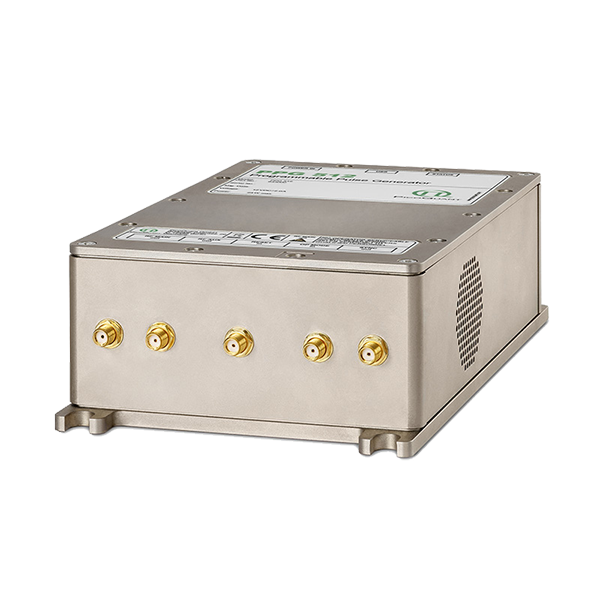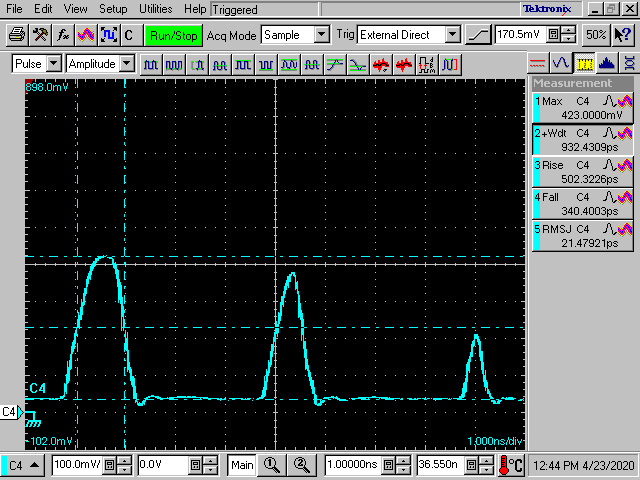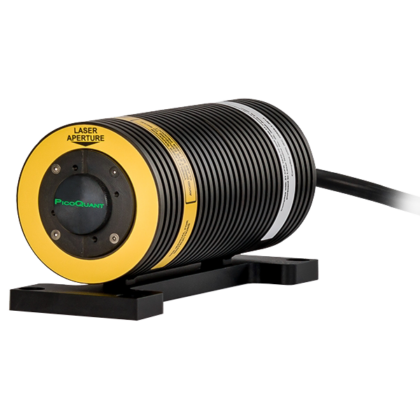Programmable Pulse Generator
- Programmable Pulse Generator
- Arbitrary pulse generator for the monitoring of Electro-Optic Modulators (EOM)
- 5 GS/s, 200 ps time bins
- Record length 512 Bytes / 102.4 ns, 8 bit resolution
- High output amplitude, up to 12 V into 50 Ohm
Applications:
The PPG 512 programmable pulse generator can be used for various applications, such as:
- Monitoring of Electro-Optic Modulators (EOM)
- Monitoring of Acousto-Optic Modulators (AOM)
- Monitoring of Laser Diodes / LED (Arbitrary Waveform Generation)
The PPG 512 is based on a programmable waveform generator, that permits to generate pulse patterns in a cyclic sequence of 512 bytes. The 512 bytes are stored in a special high-speed memory that can be read out at the full speed of 5 GS/s. This results in a timing resolution of 200 ps per byte (other values possible on request). By loading a data set, arbitrary pulse sequences can be defined with an amplitude resolution of 8 bits (0 to 255). This pre-defined sequence can then be run as a gapless loop at the full speed of 5 GS/s or started and stopped by an external control signal.
Output amplitude between 0 V and +12 V
The output of the internal Digital to Analog Converter (DAC) is amplified by a broadband two-stage amplifier, which generates the output voltages with a maximum amplitude around +12 V (into 50 Ohm). Other amplitudes are available on request.
Control inputs
Additional external signal inputs are available to control the reading of the complete 512 byte sequence as well as start or stop the reading at arbitrary times.
Synchronisation outputs
A synchronisation signal is output by the PPG 512, that signals the full period of all 512 bytes, i.e. every 102.4 ns. An unamplified copy of the pulse pattern is also available at a separate output and can be used to, e.g., trigger other devices such as TCSPC units.
Easy programming via DLL
Programming the pulse patterns is possible via a programming library (DLL) for Windows by simply loading a suited array of 512 bytes into the onboard memory. The programmed pulse pattern is stored in the nonvolatile memory. This pattern will be set at every startup.




































